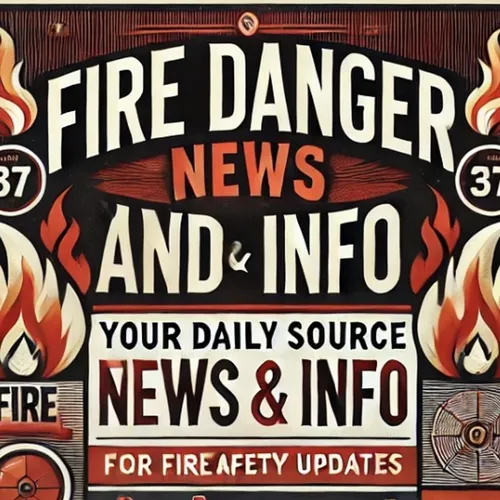Unlocking the Secrets of Wildfire Science: USGS Leads the Way in Protecting the West
- Author
- Quiet. Please
- Published
- Wed 04 Dec 2024
- Episode Link
- https://www.spreaker.com/episode/unlocking-the-secrets-of-wildfire-science-usgs-leads-the-way-in-protecting-the-west--63153058
Wildfires have become an increasingly significant threat to the western United States, impacting ecosystems, human communities, and wildlife. The role of fire science is critical in understanding and managing these destructive events, and the United States Geological Survey (USGS) is at the forefront of this effort. Through its Wildland Fire Science program, the USGS provides essential research and data that inform strategies to predict, manage, and mitigate wildfires.
Fire science encompasses various areas of study, including the behavior of fires, their ecological impacts, and the effectiveness of different management techniques. This multifaceted approach is crucial in developing comprehensive strategies to address the complex nature of wildfires. One of the key contributions of USGS science is in improving predictive models for fire behavior. By integrating data on weather patterns, vegetation types, and topographical features, scientists can create more accurate simulations of how fires might spread in different conditions. This information is invaluable for firefighters and emergency management personnel in planning their responses and deploying resources effectively.
In addition to predicting fire behavior, USGS researchers study the ecological impacts of wildfires. Understanding how fire affects different ecosystems helps guide post-fire recovery efforts and conservation strategies. For example, some ecosystems have evolved to depend on periodic fires for regeneration, while others may be devastated by high-intensity burns. By studying these dynamics, the USGS can offer insights into restoring habitats and maintaining biodiversity in fire-prone areas.
Another crucial area of USGS research is examining the effect of human activity on wildfire frequency and intensity. With the expansion of urban areas into traditionally wild spaces, the interface between human development and natural landscapes has grown, increasing the risk of human-caused fires. The USGS explores ways to manage these interfaces, offering data-driven recommendations for land use planning and development that reduce wildfire risks. This includes understanding how climate change, with its associated shifts in temperature and precipitation patterns, might alter fire regimes.
The USGS Wildland Fire Science webpage serves as a hub for disseminating this vital information. It offers access to the latest research findings, tools, and resources for land managers, policymakers, and the public. By providing this information, the USGS empowers communities to make informed decisions about fire management and fosters collaboration among various stakeholders involved in combating wildfires.
In conclusion, fire science is an indispensable tool in addressing the challenges posed by wildfires in the western United States. Through the efforts of organizations like the USGS, we gain not only a deeper understanding of the mechanisms driving wildfires but also the knowledge needed to protect lives, property, and the natural environment. As these challenges evolve, continued research and innovation in fire science will remain crucial in safeguarding our future against the ever-present threat of wildfires.
